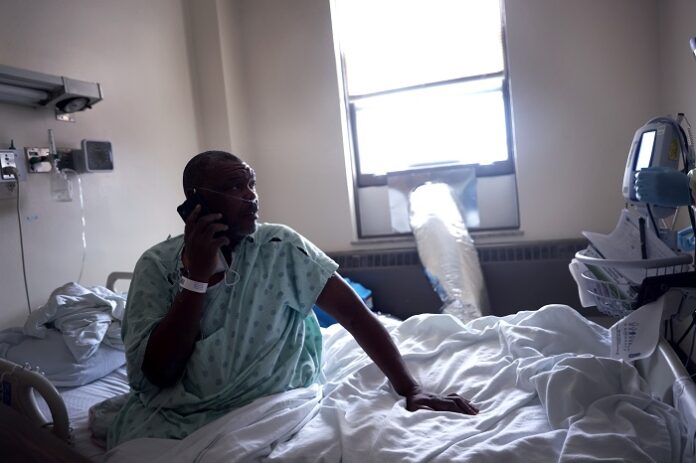Even before COVID-19 hit, Black and brown employees already were experiencing many health inequalities. Compared to white workers, they’re more likely to experience serious complications from conditions like diabetes, kidney disease, asthma and cancer, and they are more apt to die during childbirth.
And now in an ongoing pandemic, Black employees are facing additional health disparities: Data shows they are more likely to get COVID-19, be hospitalized and die from the disease. They also have more mistrust in vaccines and are more reluctant to get the COVID-19 vaccine.
Add in recent social and racial unrest and protests that have taken a toll on many Black employees’ mental health, and employers have a lot of work to do in helping Black employees.
Spring HR Tech is coming soon. Register here.
“We’ve found ourselves in not just one pandemic, but two,” Jessica Brooks, CEO and executive director of the Pittsburgh Business Group on Health, said Wednesday during the virtual Midwest Business Group on Health’s Employer Forum on Wellness, Wellbeing & the Workplace. She called on employers to do more to help and to “lean in more diligently” on addressing race and equity.
Ajay Madiah, senior director of global total rewards at McDonald’s, said the company was early in its journey to address health equity in its workforce before COVID-19 hit. “Even anecdotally, right away we saw that there were opportunities and disparities within our healthcare system,” he said. “We knew there was something to be addressed, but we didn’t know how to get after it.”
He has been relying on data to help identify some of the issues and glean better ideas on how to fix them. Although many companies have tons of data across multiple vendors that aren’t connecting, he said, organizations can find data they already have. For instance, are people not accepting job offers because of your plan design?
Surveying employees has also been an important way to collect data about what different workers and demographics think about your health plan offerings and other benefits, he said. “It’s a really easy way to see, when you’re designing your plans, are you capturing everybody in what you’re doing? The choices that we provide for our employees, is there enough differential to our plans to accommodate our populations?”
Related: Black Lives Matter: A call to action for HR
Education and communication also are big parts of McDonald’s strategy to help all of its employees understand their healthcare and benefits plans, Madiah said. “There’s huge opportunity around fine-tuning those communications so they are easily understandable. And there’s a lot to be said about hitting them at the right time when they need it.”
That strategy is also vital when it comes to communicating information and education on the COVID-19 vaccines, particularly to Black employees who historically have mistrust around vaccines in general, said Wendy McLaurin, deputy director of human resources of the City of Gary, Indiana.
“Blacks are at a much higher risk for COVID-19, and 40% of Black Americans today don’t trust the vaccine, which puts us in a more vulnerable position,” she said during the panel discussion. “So teams really do play a role. We have to have a dialogue with them to put them in a position where they understand that the data shows them that this time, this is the best possible solution.”
Related: HR’s next big job: Convincing employees to get COVID vaccines
Overall, McLaurin says, employers have a responsibility to help address health inequities–something she has focused on when it comes to the city’s employees.
To help City of Gary employees–the majority of whom are Black–through recent and ongoing issues, the city implemented a number of strategies. It gave all employees an insurance premium holiday this month, allowed employees who had to take time off because of COVID-19 to borrow from their 2021 leave allotment if their 2020 leave was exhausted, relaunched its employee assistance program to educate and engage workers, and increased wellness programming. It also hosted a number of diverse speakers to address issues with employees and partnered with established healthcare providers to render service to workers who were unable to afford healthcare.
As a result, McLaurin said, more employees affected by COVID-19 were able to stay insured and on paid status, more workers took advantage of wellness services and EAPs, and more sensitive topics–like injustice, stress and anxiety–were addressed.
“Racism is real, inequities are real,” she said. “We have to have these hard conversations. Mental health must be addressed, and it’s just so important that we address these issues.”



